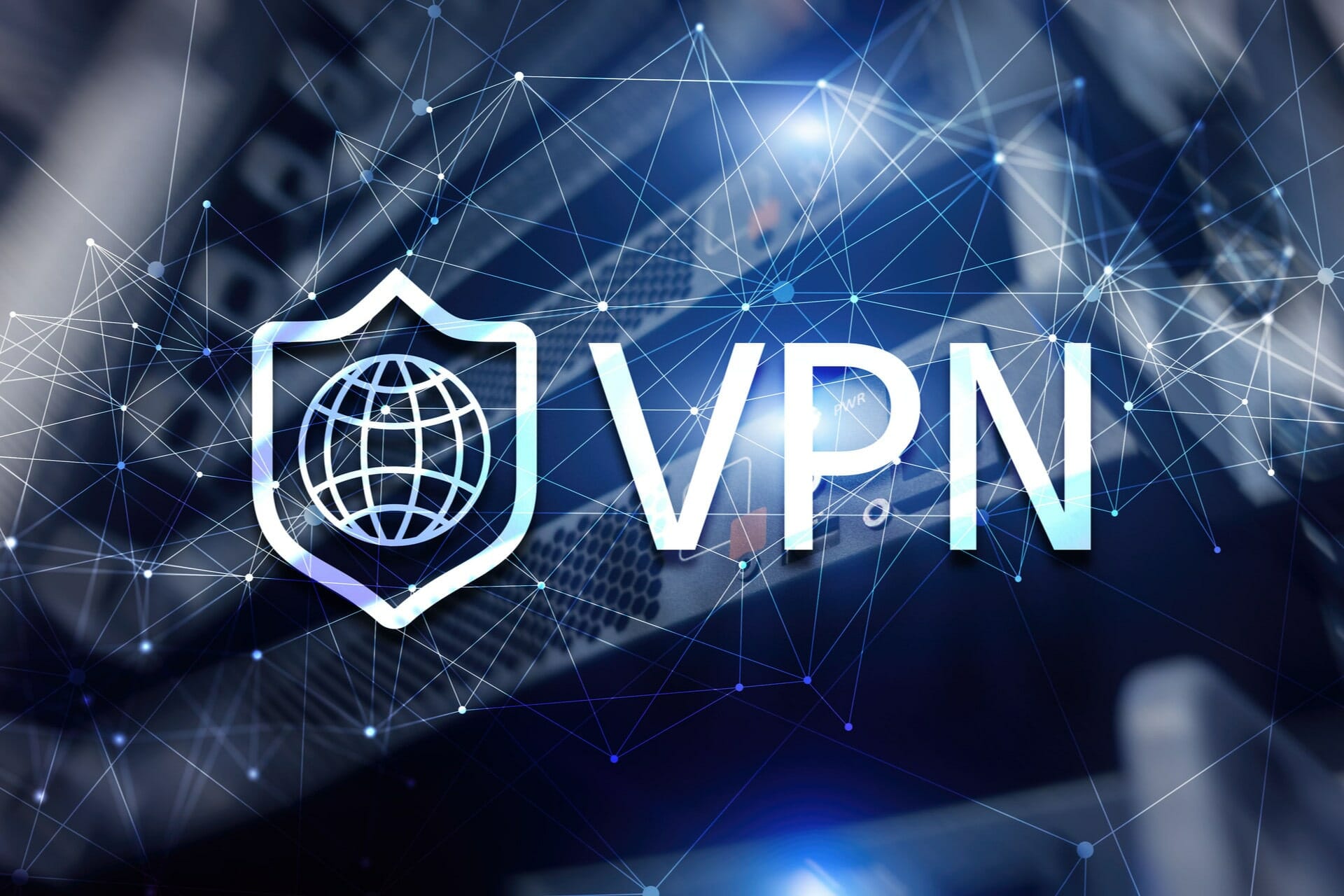

To learn more, see Edit Always-on VPN settings.Using the finest free VPN for Android os is a great thought for anyone looking to access content from blacklisted regions. This feature is called always-on VPN and is available in Android 7.0 or higher. EMMs often support the following config:ĭisabling the VPN system settings so that somebody using the device can’t change the config.Ĭonfiguring the VPN network connection settings, including installing authentication certificates.Īdding a list of apps that are allowed to use the VPN or a list of apps that can’t use the VPN.Īndroid can start a VPN service when the device boots, and keep it running while the device or work profile is on. Using an EMM means that the people using the devices don’t have to change complex settings. You can configure many VPNs using an EMM console-confirm that your VPN and EMM combination supports this. To get help with the built-in client, see Connect to a virtual private network (VPN) on Android. To run a separate VPN for the personal profile or work profile. To help people connect to a VPN service without complex configuration. To offer VPN protocols that the built-in client doesn’t support. To configure the VPN using an enterprise mobility management (EMM) console. You might need a VPN app (instead of built-in VPN) for the following reasons: Devices running Android 4.0 and later also support VPN apps. VPNs allow devices that aren’t physically on a network to securely access the network.Īndroid includes a built-in (PPTP, L2TP/IPSec, and IPSec) VPN client. To check your Android version, see Check & update your Android version. Some older versions of Android don't support all the features mentioned here. This article helps IT admins configure virtual private networks (VPNs) on Android devices.


 0 kommentar(er)
0 kommentar(er)
